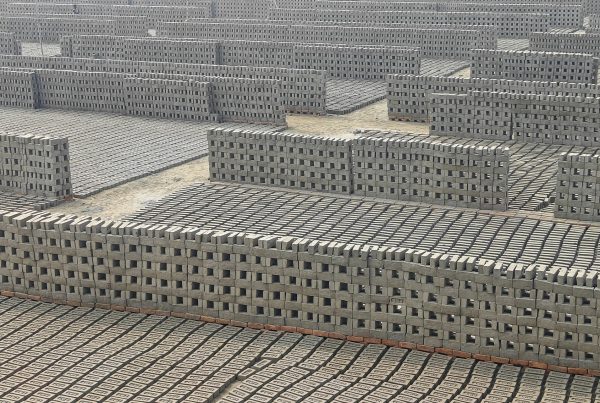If you have friends who compost, ask them what they love most about composting and they’re sure to list a good many things about it. They’ll even happily explain the whole process to you. As someone who’s been composting for five years, I’m still constantly amazed at this miracle of nature—how organic waste that was once a chaotic heap of shredded paper, vegetable peels, dead leaves, and other kitchen and garden scraps could eventually turn into beautifully dark and crumbly nutrient-rich soil.
Essentially, composting is nature very own recycling program, a very efficient one. Compost breaks down clay soil, replenishes lost nutrients, and lets beneficial microorganisms thrive in the soil. In turn, plants need these nutrients to grow healthy in order to bear the fruits and vegetables we eat. So it all comes back full circle.
And in this age of extreme consumerism and throw-away mentality, composting helps divert garbage that would have otherwise ended up in our ever-growing landfills.
Composting is not really as messy as it looks. The steps and process are actually easy. Once you start, you’ll find it hard to go back to the old ways of not separating your garbage.
Where’s the Composting in LEED?
Despite all its benefits, composting is still trying to find its definitive place in LEED.
The previous version, LEED 2009, did not satisfactorily address it. At best, composting could be applied for as an Innovation and Design credit under LEED 2009, but it was not a specific requirement.
Composting was only hinted in the Materials and Resources prerequisite, Storage and Collection of Recyclables, which specifically mentioned “paper, corrugated cardboard, glass, plastics and metals” as those things that must be recycled at a minimum. LEED builders only need to provide a dedicated storage area for recycling based on the building’s size.
That leaves composting to the builder’s discretion. Since LEED neither requires nor rewards it, the tendency is to choose the easier (and less messy) path—recycling dry garbage.
Composting in LEED v4
LEED v4 somehow addresses composting by specifying it in the MR Credit 1 of the LEED for Existing Buildings Operations and Maintenance (LEED EBOM). Under Solid Waste Management, buildings, that is hospitals and schools as of the moment, must maintain
“a waste reduction and recycling program that reuses, recycles, or composts” at least 50{e3829ec1db02d54faaf9fa2de0d48db26af01d7a7944a63c3b26976124791cab} of ongoing waste and at least 75{e3829ec1db02d54faaf9fa2de0d48db26af01d7a7944a63c3b26976124791cab} of durable goods.
Compliance awards the LEED project 2 points, but those two points can come from reusing and recycling process, not necessarily composting.
Composting in LEED v4 as a Requirement
No doubt a composting facility is significantly different from a recycling storage area. The process of composting poses a different kind of demand and challenge as compared to recycling—which is probably why LEED projects often shy from it. And since LEED doesn’t adequately incentivize or require it, composting sadly takes the backseat.
Nowadays, the job of composting falls to the hands of those who willingly and passionately take up the challenge, like the Garbage to Garden compost collection program in Portland, Oregon. (Portland, by the way, is among the greenest cities in the U.S.) Garbage to Garden’s business model is through subscription. Members pay $11 per month to have their kitchen scraps picked up at the curb. But it’s not just about the money, since the service comes free for members who do volunteer work at community non-profit projects such as soup kitchens.
Garbage is everyone’s concern, and clearly, composting (along with recycling) will benefit all of us. Composting is a community effort as much as it should be a basic facility in any green building project.












